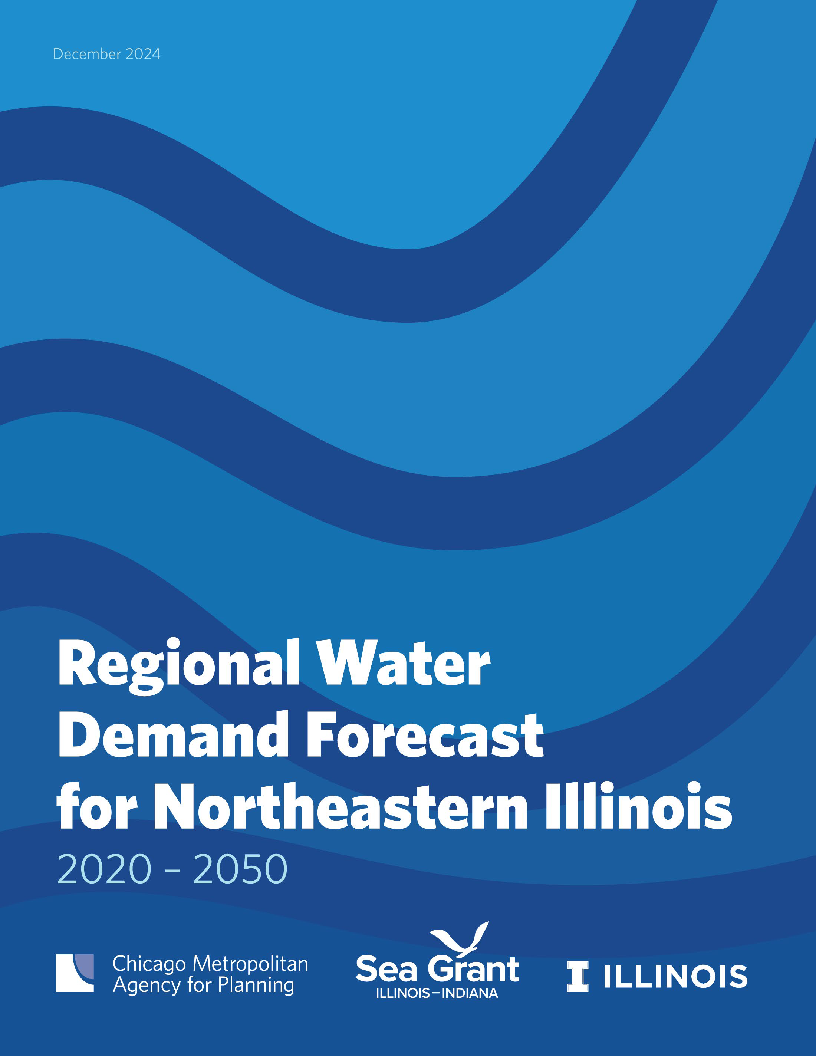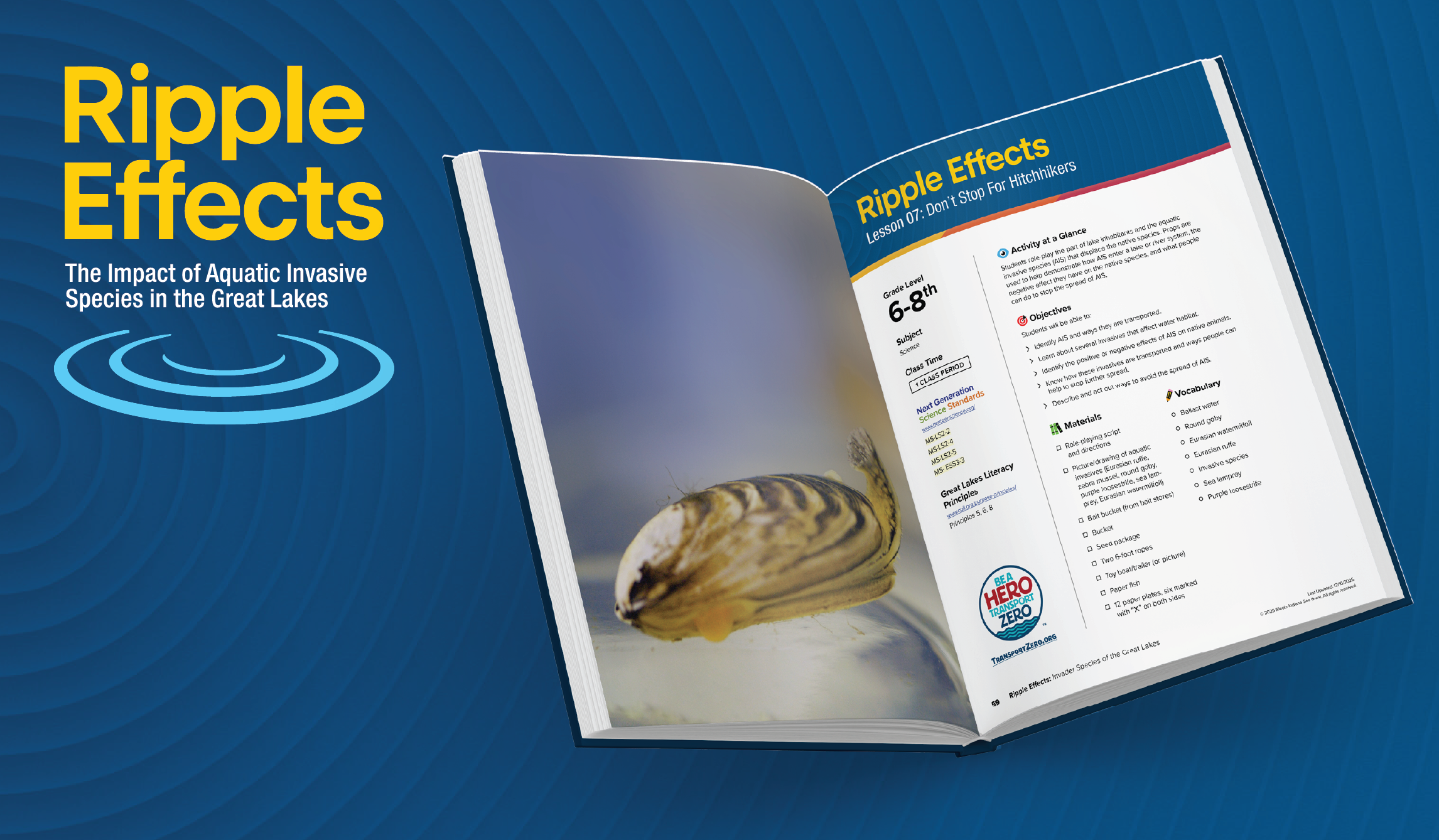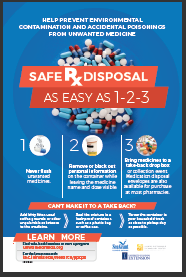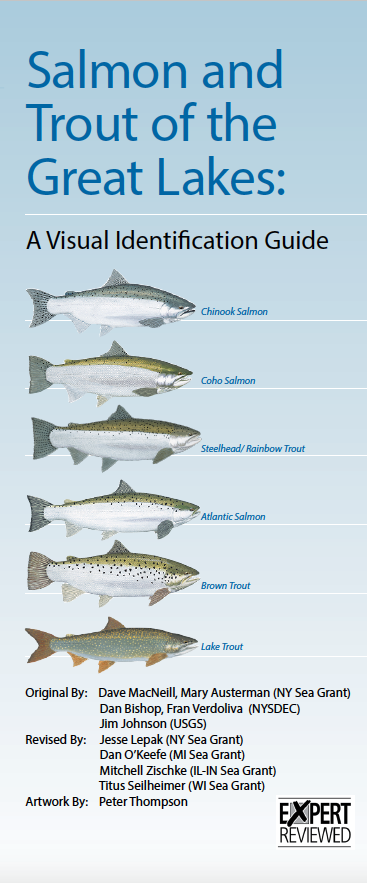Results
Year: 2024
Understanding future water demand is key to managing these resources sustainably. The Chicago Metropolitan Agency for Planning (CMAP), Illinois-Indiana Sea Grant (IISG), and University of Illinois Extension recently updated the region’s water demand forecast to reflect new population and employment projections. The forecast shows that water use is expected to continue declining, due to steady advances in water conservation and efficiency that are outpacing population and employment growth. However, in some areas, forecasted water demand will exceed available groundwater supplies.
This publication is available through the Chicago Metropolitan Agency for Planning’s website at: https://cmap.illinois.gov/wp-content/uploads/dlm_uploads/Regional-Water-Demand-Forecast-for-Northeastern-Illinois-2020-2050.pdf

File Type: pdf
File Size: 2.21 MB
Year: 2024
Invasive crayfish represent an ongoing threat to aquatic ecosystems in the Laurentian Great Lakes region, and one of the major pathways of introduction is through the sale of live organisms to consumers (i.e., organism-in-trade pathways). This study investigated the live trade of crayfish in the Great Lakes region through a survey of crayfish retailers to understand sale and utilization of crayfish, as well as retailer sentiments about conservation and environmental stewardship. A database of 617 retailers across eight Great Lakes states was compiled and 123 retailers were contacted for the survey. Sixteen retailers who sold crayfish through the aquarium and bait trades completed the survey. Findings revealed that retailers rely on their wholesalers for information about crayfish, signaling a critical need for increased outreach efforts directed towards these suppliers. Moreover, retailers expressed a need for clear and consistent communication regarding regulatory changes. The results underscore the importance of effective communication and education within the crayfish supply chain to mitigate the risk of future invasive crayfish introductions in the Great Lakes region.
Download File

File Type: pdf
File Size: 3.21 MB
Year: 2020
This brochure is a part of a natural lawn care communication campaign developed and refined through a series of grant funded homeowner surveys and focus groups. The goal is to address the issue of lawn care-related pollution in watersheds by targeting outreach efforts directly towards homeowners engaged in lawn care. Choosing the right turfgrass species for the lawn’s growing conditions is an important management practice. This brochure provides a brief introduction to turfgrass growth habits, a checklist for understanding your lawn’s growing conditions and provides a turfgrass selection guide.
References:
- Reicher, Z., Bigelow, C., Patton, A., & Voigt, T. (2006). Zoysiagrass for Indiana. Purdue Extension. https://turf.purdue.edu/extpub/zoysiagrass-for-indiana/
- Fresenburg, B., Miller, L. (n.d.) Managing Lawns and Turfgrass. University of Missouri Extension. https://extension2.missouri.edu/mg10
- Hentschel, R., & Spangenberg, B. (n.d.). Groundcovers as lawn alternatives. University of Illinois Extension. https://web.extension.illinois.edu/lawntalk/other/groundcovers_as_lawn_alternatives.cfm
- Reicher, Z., Throssell, C. (1998, July). Improving Lawns in the Shade. Purdue Extension. https://www.extension.purdue.edu/extmedia/AY/AY-14-W.pdf
- Braun, R. C., Patton, A. J., Watkins, E., Koch, P. L., Anderson, N. P., Bonos, S. A., & Brilman, L. A. (2020). Fine fescues: A review of the species, their improvement, production, establishment, and management. Crop Science, 60(3), 1142–1187. https://doi.org/10.1002/csc2.20122
- Murphy, J. A. (1996, September). Fine Fescues: Low Maintenance Species for Turf. Rutgers Cooperative Research and Extension. https://njaes.rutgers.edu/pubs/publication.php?pid=FS688
- Laskowski, M. (2018, July). Making roadsides greener by selecting salt tolerant turfgrasses. University of Minnesota: Turfgrass Science. https://turf.umn.edu/news/making-roadsides-greener-selecting-salt-tolerant-turfgrasses
Download File
File Type: pdf
File Size: 23.50 MB
Year: 2025
Ripple Effects is a collection of 6-12 grade activities that introduce students to aquatic invasive species in the Great Lakes. Through this curriculum, students can engage in research, reporting, and role-playing games and activities to learn why these non-native species threaten native ones, how they came to the region, and their impact on Great Lakes ecosystem dynamics. These eight activities align to both the Next Generation Science Standards and the Great Lakes Literacy Principles.
Download File
File Type: pdf
File Size: 31.90 MB
Year: 2016
This poster provides the best way to safely dispose of unwanted medicine by providing instructions for bringing to it to a take-back and what to do if you cannot make it to a take-back.
Download File
Year: 2019
The Great Lakes are home to eight species of salmon and trout. These species can be difficult to distinguish from each other as they overlap in their distributions and change appearance depending on their habitat and the time of year. This illustrated, peer-reviewed, two-page guide, courtesy of the Great Lakes Sea Grant Network, shows important body features and helpful tips to identify and distinguish between salmon and trout species in the Great Lakes.
This document is available through the Purdue University Extension Education Store at https://edustore.purdue.edu/FNR-579-W.html
Page 25 of 37
Note: Some older Illinois-Indiana Sea Grant publications have not yet been restructured into ADA compliant formats. We are actively working on this. If you are having difficulty accessing a particular item in one of our databases, please contact iisg@purdue.edu with the name of the item and its URL for further assistance.






